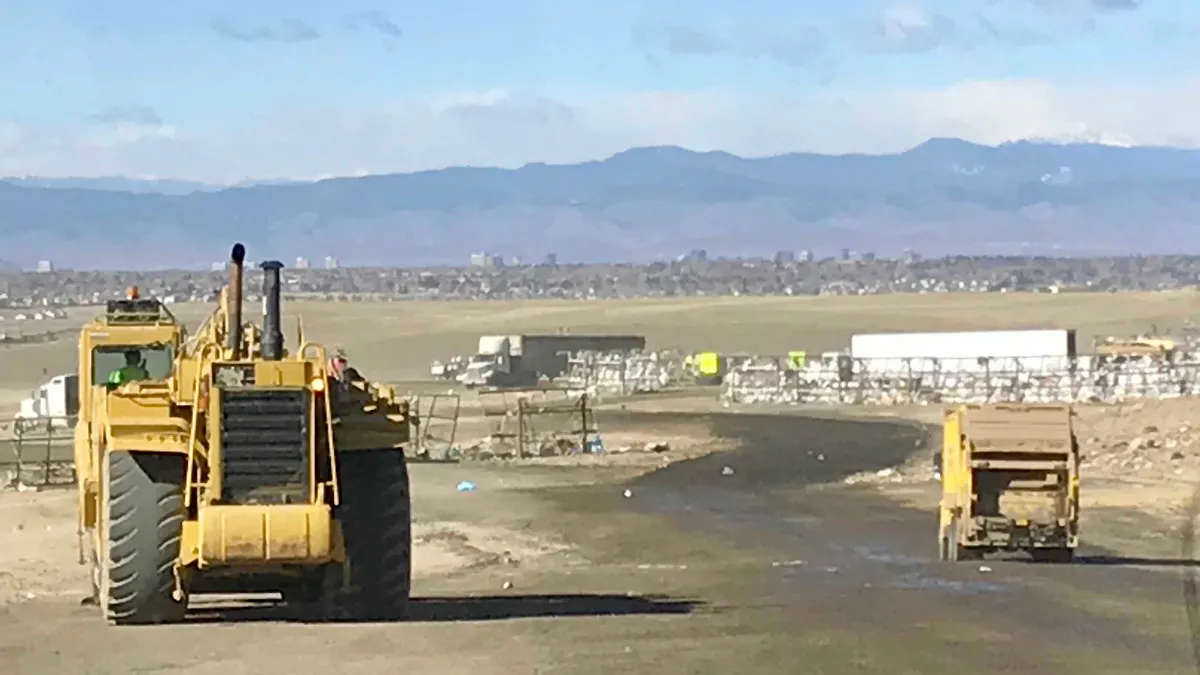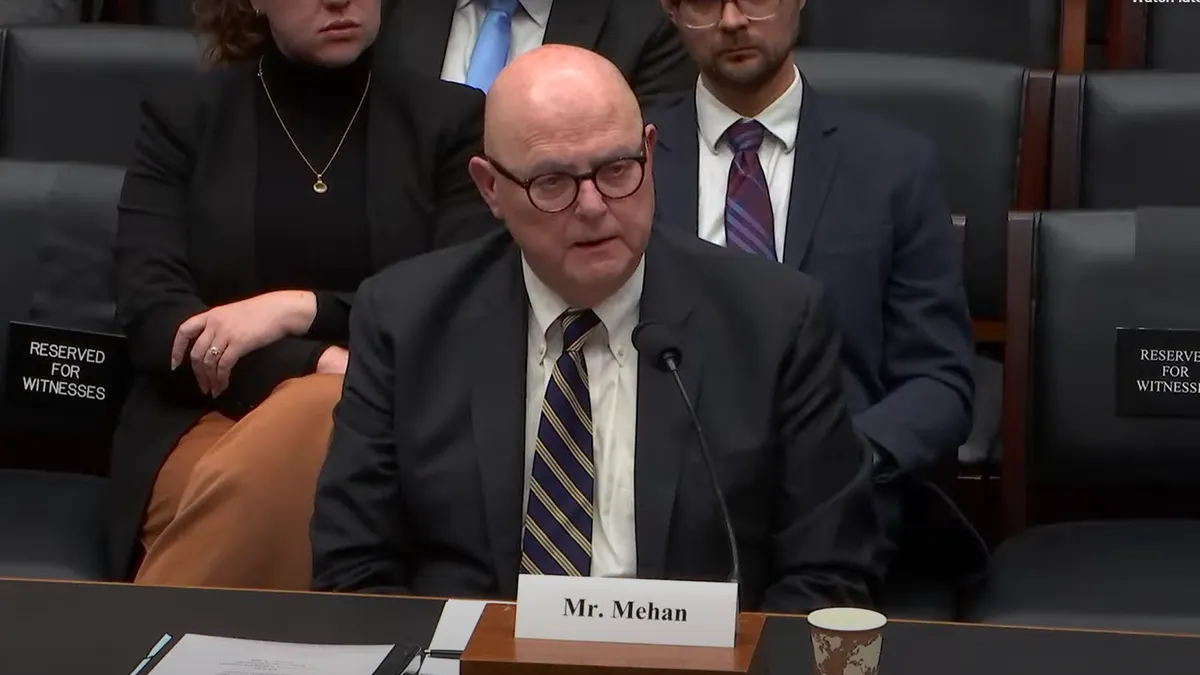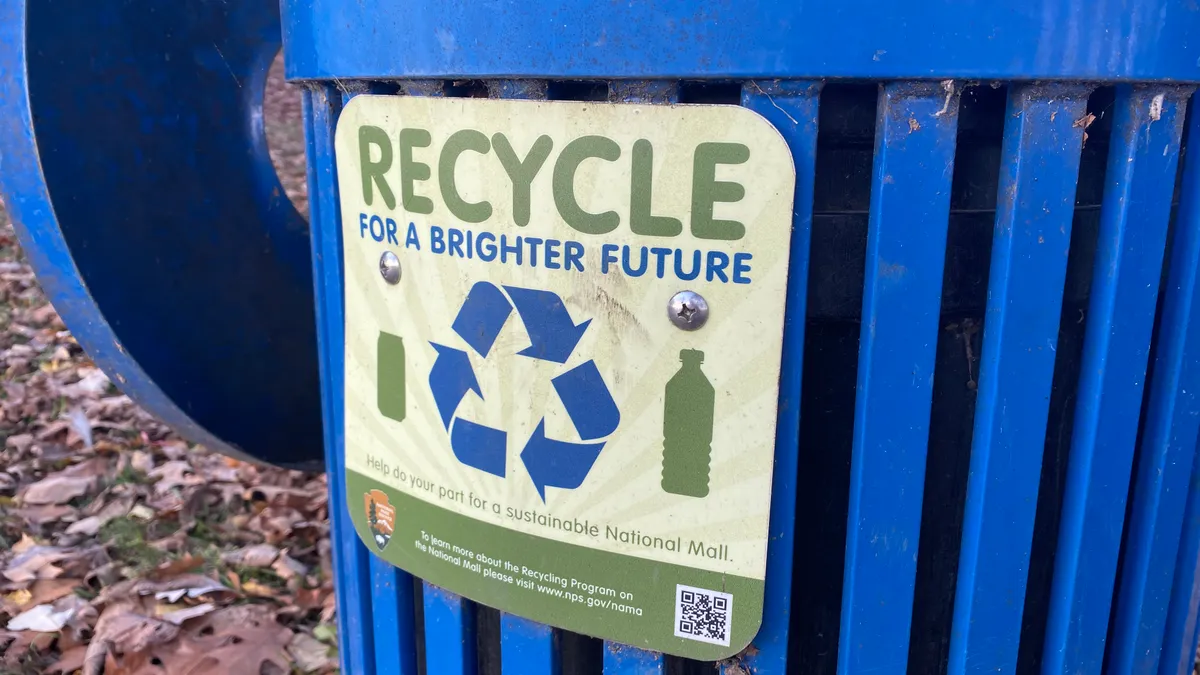Editor's note: This is the latest in a series of columns about emerging trends in regulatory compliance and managing hazardous or special waste.
As 2019 comes to an end, I took the opportunity to review the columns I wrote for Waste Dive this year. From oil exploration and processing wastes to pharmaceutical residues to PFAS-containing sludges, all consist of unique chemical constituents. Although these special wastes are generated from a variety of processes, the one common denominator is that if not recycled or repurposed, they all end up in the same location – the landfill.
To prepare for this latest column, I interviewed several industry professionals involved with special wastes to get a pulse on the issues affecting their businesses. A consistent issue that came up in these conversations was the problems with “difficult to manage” special waste streams in landfills.
More and more, landfill operations are identifying those waste streams which predictably cause problems due to odors, reactions, fires and difficult to manage leachate. The list includes aluminum smelting and other metal wastes, high sulfur content waste streams from the oil and gas industry, and high moisture-containing wastes including biosolids and sludges. Growing coal ash disposal volumes also add to the complicated chemical mixture.
Balancing sales and operations
The special waste approval process begins with sales representatives meeting prospective customers: the waste generators. Approving a special waste generally involves reviewing the permits for the site and verifying the state regulatory basis for disposing of a waste into a landfill. Many states classify RCRA Subtitle D landfills to designate wastes that are acceptable and those that are prohibited. For example, some landfills may only accept municipal solid waste (MSW), others only construction and demolition (C&D), and others are able to accept all types of non-hazardous waste.
A small number of states (Tennessee, Alabama, and others) have pre-approval programs designed to ensure adequate oversight of the special waste process. The purpose is to determine if the facility has the appropriate classification and can effectively manage the special waste. Applications are filed by the generator with the state to prevent hazardous and/or prohibited wastes from being disposed of and to allow the agency to maintain records on the location of disposal.
Other states require a form of self-regulated management of special waste approvals with open records for agencies to review during inspections or at their request. Companies collect information and chemical analysis of the waste. But here is where the growth of special waste in landfills gets complicated.
Although they have mutual financial goals, landfill sales and operations management personnel have broadly different responsibilities. The sales representative seeks to contract maximum waste volumes. The operations team must meet those demands by placing, compacting and covering the daily waste inflow.
From there, a combination of divergent waste streams are commingled and compacted to create a new unique mixture in the landfill. The waste mass will degrade and release various concentrations of chemicals in liquid and gaseous form. The engineers who designed the landfill and its environmental protection features, along with the operations management team, are now called upon to protect the environment from these releases. These systems to collect landfill gas and leachate will be tested to protect the surrounding community from whatever mixture the site has received.
The growth by volume of special waste in the landfill can affect leachate treatment and gas production. High ammonia or sulfur content wastes can produce leachate that requires pretreatment prior to discharge or transport to a wastewater treatment plant. And a reduction in organic materials will reduce the amount of methane production, affecting gas-to-energy processes.
Adapting to the age of recycling
Post-consumer materials in the waste stream with recycling value have increasingly found new life by being returned to the supply stream – with an estimated 35% captured in 2017 per the U.S. EPA – and this is another factor affecting the chemistry of modern-day landfills.
Common products with the highest recycling rates included corrugated boxes (88.4%), newspapers/mechanical papers (76.8%) and mixed paper (48.3%). In past years, these materials provided a buffer by absorbing and holding certain liquid constituents that, if commingled, could create a difficult to treat mixture in landfill leachate. Additionally, the removal of organic materials (such as green and food waste) deprives the landfill of methane-generating substances necessary for continued gas production.
Removing these recyclable items is a sustainable evolution of our material stream, so landfill operators must be cognizant of the effects on leachate and gas streams. With less of them in the waste mass, the chemistry of landfill emissions is changing and becoming more challenging.
As a result, strong markets for special waste disposal now include pricing recognizing additional costs for leachate and gas processing. Landfill operators must incorporate the cost for airspace and operations, but also consider increased costs for leachate and gas treatment extending from active operation into the post-closure period. And they must also remember that remediation of a landfill for more severe issues – such as fires, reactions, and slope failures – can increase costs dramatically.
Planning for longevity
I’ve spent the year writing about various waste streams discharged into landfills focusing on their individual properties. We know landfills are generally operated to combine these materials in a single waste mass for the purpose of maximizing the use of the airspace. But if not done correctly, with an eye on managing the changing chemistry in the landfill, serious problems will ensue with severe impacts to the community, stakeholders and shareholders.
Given how important this can be you should also make sure to engage one more team of professionals in managing special wastes: legal. Without proper management and care of these special wastes, your facility could be responsible for creating environmental impacts and potentially violations of your permits and regulations. If so, it will be necessary to “lawyer up.”
Increased contaminant levels can result in the local treatment plant rejecting landfill leachate. Alternatives will likely require higher costs for transportation and disposal. Onsite damage from slope failures are a significant safety risk and can result in the loss of valuable airspace. Odors and emissions affecting the local community will be negatively received and make it difficult to repair the facility’s reputation.
Prior to the implementation of RCRA Subtitle D, there were over 8,000 landfills in the U.S. Improved regulatory standards reduced that number to under 1,800. The number of active landfills will continue to shrink if facilities are forced to close early because their operators can't react appropriately to these environmental issues.
Rich Thompson is the managing partner of TEC, LLC and provides expert consulting advice on complex environmental compliance issues. He was formerly the director of environmental compliance at both Republic Services and Waste Management, and is a member of SWANA.
















